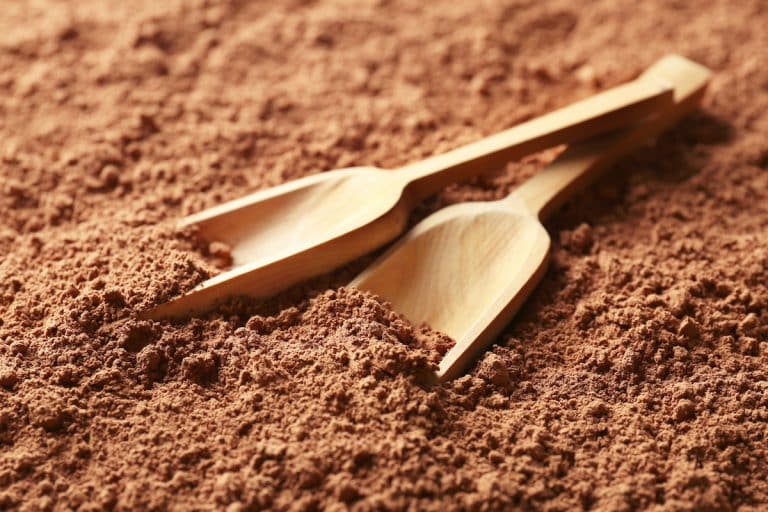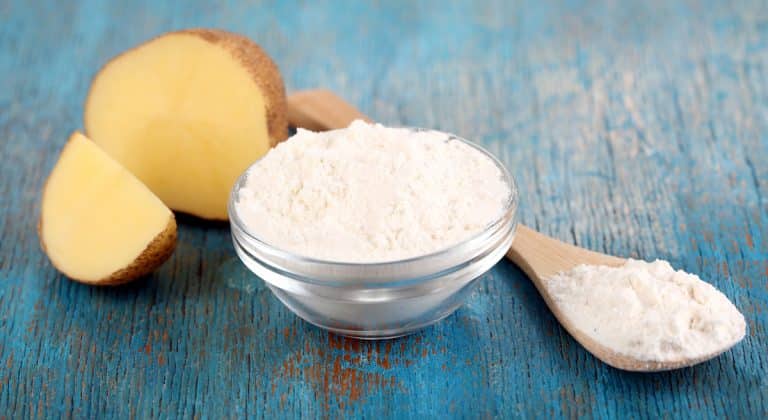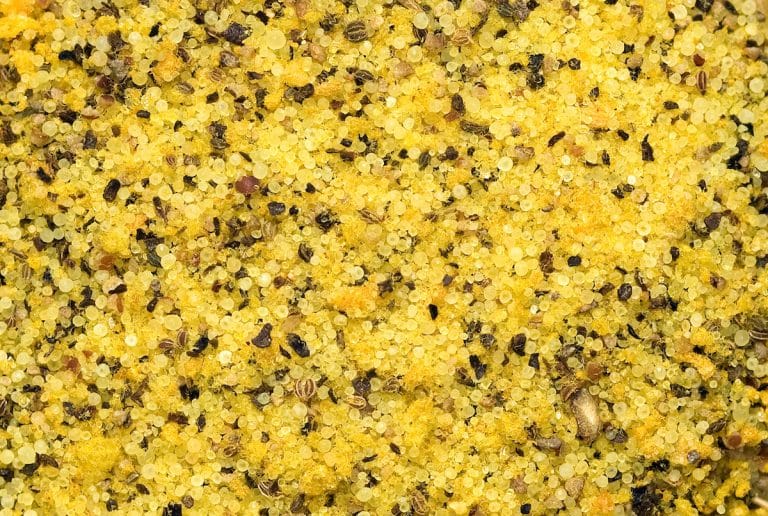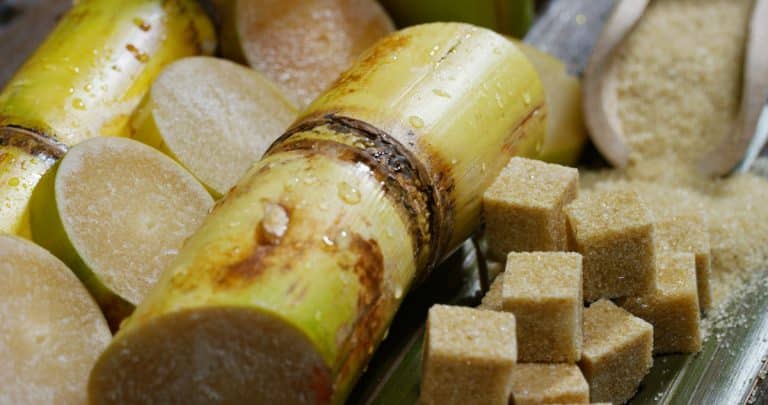Tapioca consists of starch extracted from the cassava root. Cassava was one of the main food sources of Native Americans throughout South America. It is thought that it originated south of the Amazon River in what is now Brazil. It was being cultivated by the people in this region as far back as 8000 BC. By 6000 BC, it was being grown in what is now Mexico and in Peru by 2000 BC. Its cultivation would spread throughout the Caribbean well before the arrival of the Europeans.
Christopher Columbus would encounter cassava bread after arriving in the Caribbean, but it was not until the early 18th century that Europeans found out about the starch extracted from cassava. The Portuguese would learn about tapioca from the Tupi-Guarani in Brazil.







